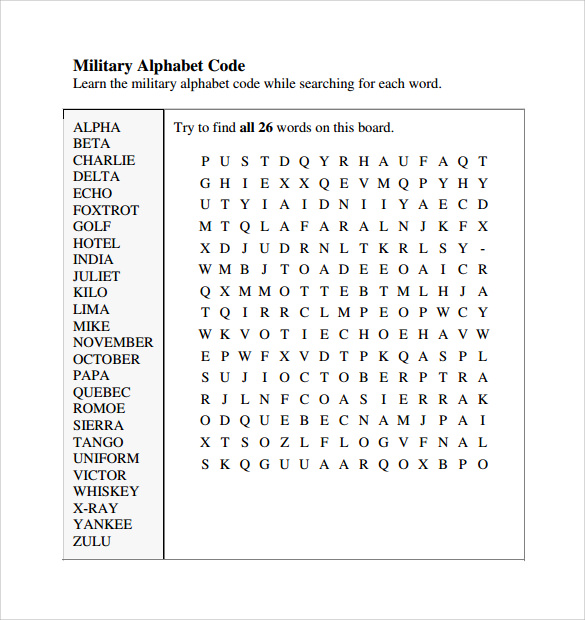

NATO AJP 2.7 PDF SOFTWARE
D., Software Architect.Service-oriented integration with less cost and less riskï¾ ï¾ The emergence of key second-generation Web services standards has positioned service-oriented architecture (SOA) as the foremost platform for contemporary business automation solutions. I highly recommend this book to enterprise architects for their shelves.-Kevin P.

Erl explains many of these emerging technologies in simple terms, elucidating the difficult concepts with appropriate examples, and demonstrates how they contribute to service-oriented architectures. A valuable resource for understanding and realizing the benefits of service-oriented architecture in the enterprise.-David Keogh, Program Manager, Visual Studio Enterprise Tools, Microsoft.Leading-edge IT organizations are currently exploring second generation web service technologies, but introductory material beyond technical specifications is sparse. The author tackles numerous integration challenges, identifying common mistakes and providing guidance needed to get it right the first time. I would recommend that anybody involved in application development obtain a working knowledge of these technologies, and I'm pleased to recommend Erl's book as a great place to begin.-Tom Glover, Senior Program Manager, Web Services Standards, IBM Software Group, and Chairman of the Web Services Interoperability Organization (WS-I).An excellent guide to building and integrating XML and Web services, providing pragmatic recommendations for applying these technologies effectively. Web services is the integration technology preferred by organizations implementing service-oriented architectures. Well as to identify whether the Core Services listed here have important dependencies to otherĬore Services, in which case should also be considered for inclusion. In addition, there is a need to include security and service management and control services as

(2) Message-Oriented Middleware Services. Inclusion in an ICT infrastructure due to their importance across the use cases: The analysis identified the following NATO C3 Taxonomy Core Services as candidates for a first (4) Providing Modelling & Simulation as a service. (3) Request for information (RFI) submission in Joint Intelligence Surveillance and (2) Establishing situational awareness and performing targeting and dynamic re-planning of (1) Establishing situational awareness and planning a tactical manoeuver in the land Sufficient variety without promising to be exhaustive: The use cases wereĬhosen from four different military communities of interest in order to provide the analysis with

In order to arrive at this list, the study followed a use case driven approach. A part of the preparations for suchĮxperiments is to identify what elements are essential to implement in the ICT infrastructures,Īnd this reports documents a study in which a preliminary list of such elements have been Respective armed forces regarding these adaptions. Is that it allows for the re-use of implementations as well as reducing complexity.īoth the Norwegian Defence Research Establishment (FFI) and Australia’s Defence ScienceĪnd Technology (DST) Group are planning experiments in order to provide advice to their One of the goals of doing such service decomposition These principles state that complex softwareįunctionality should be broken down into a number of smaller, less complex and autonomous Principles of service-oriented architecture (SOA). Infrastructure to make the forces connected, enabling them to communicate and shareĪ prevalent method for building such infrastructures in the civilian domain is following the One of the aspects highlighted by this initiative is the importance of providing an ICT NATO introduced the Connected Forces Initiative at the 2012 Chicago summit with the aim to enhance allied interoperability and readiness in order to strengthen the combat power of the alliance.


 0 kommentar(er)
0 kommentar(er)
